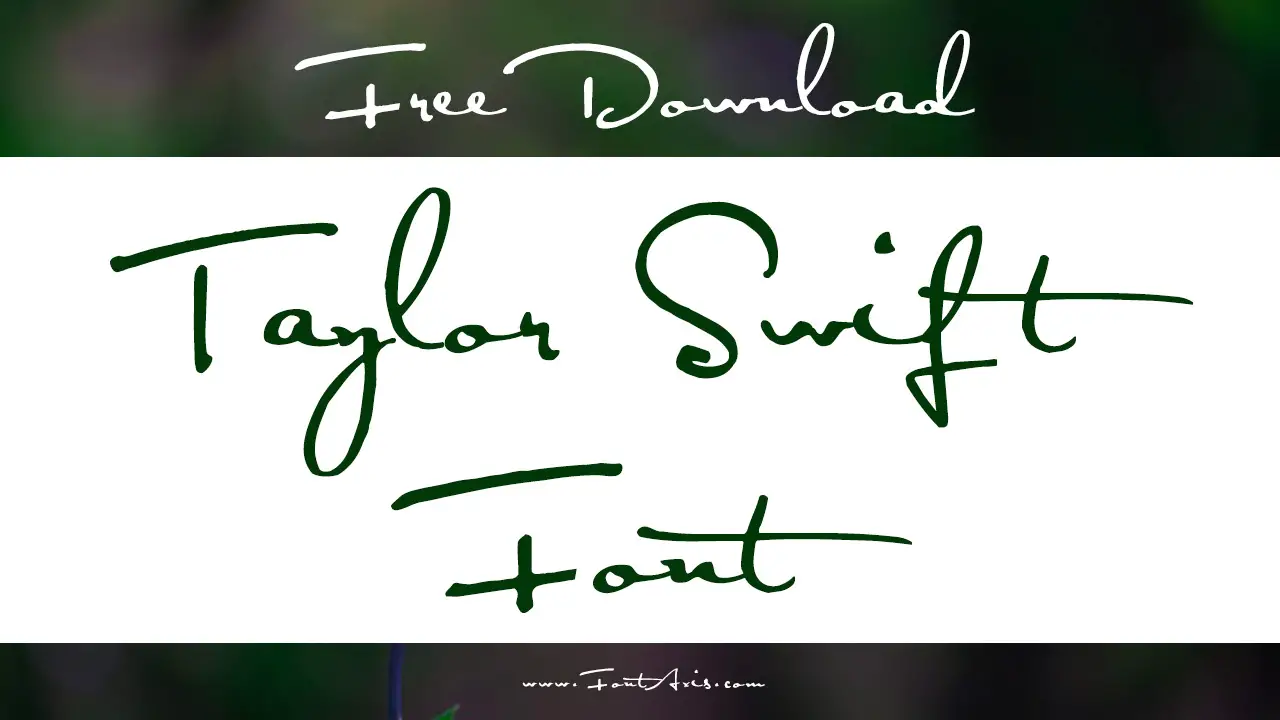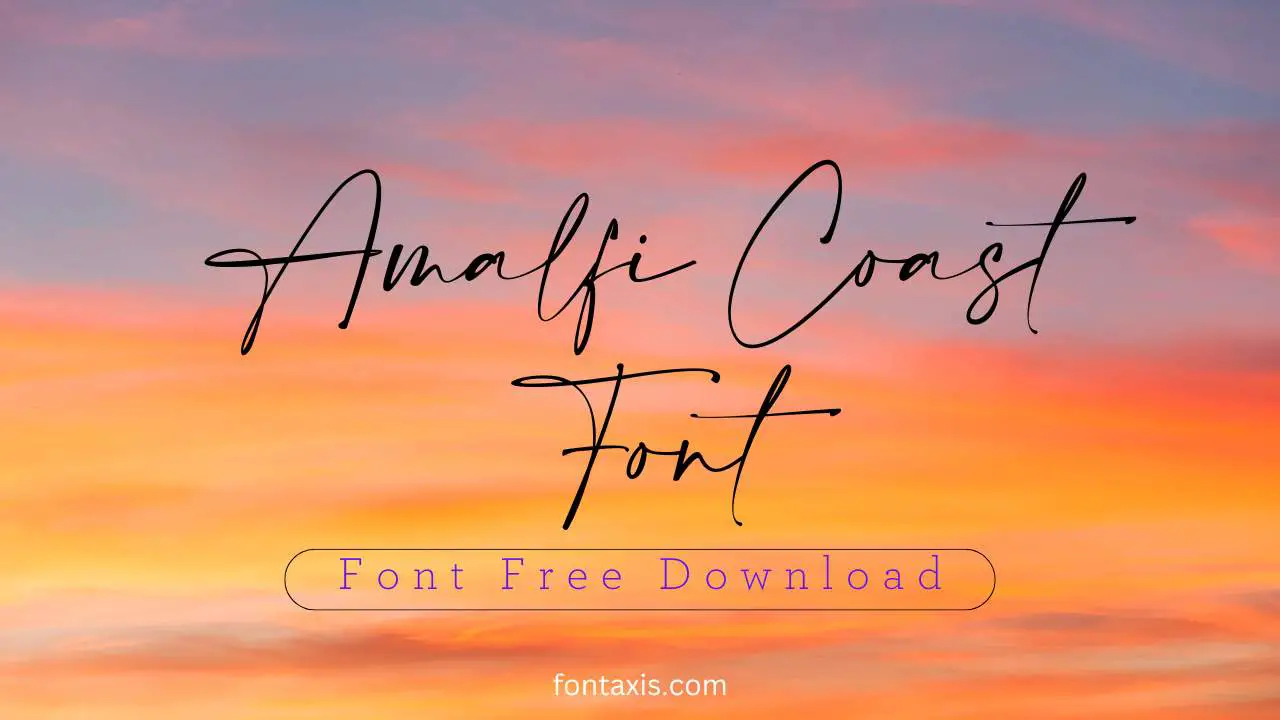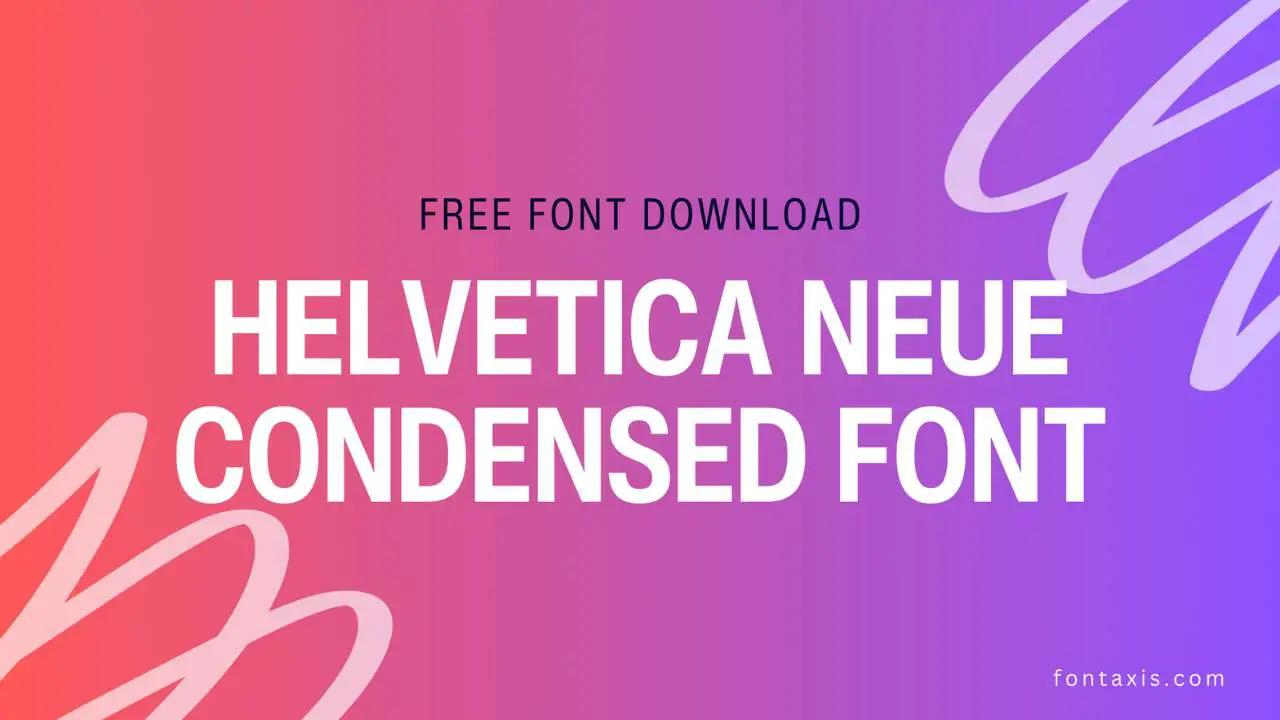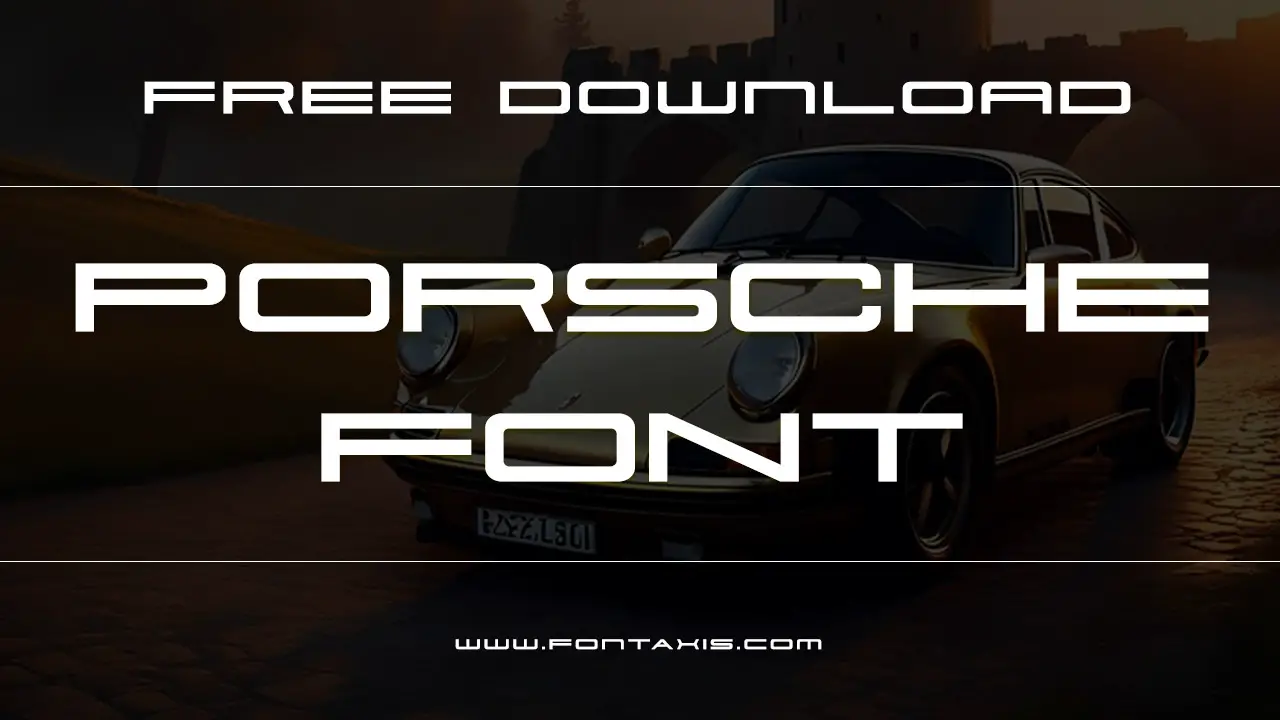Breathine Font is a distinctive sans-serif typeface known for its clean lines, slightly rounded edges, and versatile aesthetic, making it perfect for modern branding, elegant headings, and readable body text. This guide will equip beginners with everything needed to use Breathine Font effectively in design projects.
Navigating the world of fonts can sometimes feel like exploring a vast, uncharted territory. You see beautiful designs everywhere, but choosing the right typeface for your own project can be a challenge. You might be wondering if a font will look professional, if it’s easy to read on screen and in print, or how to make it stand out. It’s common to feel a little lost, especially with so many options out there. But don’t worry! Today, we’re diving deep into one font that offers a fantastic blend of style and readability: the Breathine Font. We’ll break down what makes it special, how to use it, and show you how to create stunning designs with confidence. Get ready to elevate your design game!
What is Breathine Font? A Closer Look
Breathine Font is a contemporary sans-serif typeface that has gained popularity for its balanced and refined characteristics. Designed with clarity and visual appeal in mind, it’s not just another font; it’s a carefully crafted tool for designers. Its clean strokes and subtle curves offer a friendly yet professional feel, setting it apart from overly geometric or aggressively minimalist sans-serifs. Think of it as a font that’s both sophisticated and approachable, making it a versatile choice for a wide range of applications.
At its core, Breathine embodies clarity. The letterforms are open, ensuring excellent legibility even at smaller sizes. This is crucial for web design, where text needs to be easily consumed on various devices. The slight rounding on the terminals (the ends of strokes) softens the overall appearance, preventing it from feeling too stark or cold. This makes Breathine feel welcoming and dynamic, ideal for brands that want to convey warmth and innovation.
One of the key strengths of Breathine is its adaptability. It performs beautifully in headlines and titles, adding a touch of modern elegance. But it doesn’t falter in longer blocks of text either, maintaining readability without causing visual fatigue. This dual capability is a significant advantage for designers who often need a single font family that can handle multiple typographic roles within a single design project.
Key Characteristics of Breathine Font
Understanding the unique features of Breathine Font is the first step to using it effectively. These characteristics are what give it its distinct personality and functional advantages.
- Clean Sans-Serif Structure: Breathine belongs to the sans-serif category, meaning it lacks the small decorative strokes (serifs) found at the end of letter strokes in fonts like Times New Roman. This gives it a modern, uncluttered look.
- Slightly Rounded Terminals: Unlike strictly geometric sans-serifs, Breathine features subtly rounded ends on its strokes. This adds a touch of warmth and humanism, making the font feel more approachable and less rigid.
- Generous X-Height: The ‘x-height’ refers to the height of lowercase letters like ‘x’, ‘a’, and ‘n’ relative to uppercase letters. Breathine often has a generous x-height, which contributes significantly to its readability, especially in body text.
- Balanced Letter Spacing (Kerning): The default spacing between letters in Breathine is well-balanced, ensuring that words flow smoothly and individual letters don’t appear too close or too far apart.
- Multiple Weights and Styles: A robust font family like Breathine typically offers various weights (e.g., Light, Regular, Medium, Bold, Black) and styles (e.g., Italic). This variety allows for rich typographic hierarchy within a design.
- Open Counterforms: The ‘counters’ are the enclosed or partially enclosed spaces within a letter (like the hole in ‘o’ or ‘p’). Breathine’s open counterforms contribute to its clarity and legibility.
Why Choose Breathine Font for Your Designs?
The appeal of Breathine Font isn’t just in its looks; it’s in the practical benefits it brings to your design process and the end result. If you’re a beginner or an experienced designer looking for a reliable, stylish option, here’s why Breathine might be your new go-to.
Boosts Readability and User Experience
For any design that involves text – websites, apps, brochures, reports – readability is king. Breathine Font excels here due to its clean lines, open letterforms, and optimal x-height. Text set in Breathine is less likely to strain the eyes, improving user engagement and ensuring your message is clearly communicated.
Offers Modern and Professional Aesthetics
The sans-serif nature combined with gentle curves gives Breathine a distinctly modern and professional appearance. It’s sleek enough for tech startups, sophisticated enough for luxury brands, and clean enough for informational content. It helps convey competence and contemporary appeal.
Ensures Versatility Across Media
Whether you’re designing for print or digital, Breathine Font adapts. Its legibility on screens makes it ideal for web and mobile interfaces. Its clear forms ensure crisp rendering in print, from business cards to large format signage. This consistency across different media simplifies your design workflow.
Enhances Brand Identity
A unique font can become a cornerstone of a brand’s visual identity. Using Breathine consistently across all brand materials (logos, website, marketing collateral) helps create a recognizable and cohesive brand image. Its balanced feel can lend itself to a wide array of brand personalities, from friendly and accessible to cool and authoritative.
For a deeper understanding of how font choices impact branding, you can explore resources from institutions like The International Development Research Centre (IDRC) which often touches on visual communication and branding principles in their research and guidelines.
Essential Breathine Font Usage Guide for Beginners
Getting started with Breathine Font is straightforward. Here’s a practical guide to help you incorporate it into your projects with ease and confidence.
Step 1: Acquiring and Installing Breathine Font
Before you can use Breathine, you need to have it. Depending on its licensing, you might find it:
- On Font Marketplaces: Websites like MyFonts, FontSpring, or Creative Market offer Breathine and similar fonts for purchase. Ensure you understand the license terms for commercial use.
- As Part of a Subscription: Services like Adobe Fonts (included with Creative Cloud subscriptions) often feature a vast library of high-quality fonts, including many sans-serif options similar to Breathine, ready for immediate use.
- Through Free Font Resources (with caution): Some platforms offer free fonts that may be inspired by or similar to Breathine. Always check the licensing. For example, Google Fonts offers many excellent, free, and widely licensed sans-serif fonts that share Breathine’s characteristics, such as Lato or Open Sans.
Once you’ve acquired the font files (usually .otf or .ttf format):
- Windows: Right-click on the font file and select “Install.”
- macOS: Double-click the font file and click “Install Font” in the Font Book application that opens.
Step 2: Choosing the Right Breathine Weight and Style
Breathine Font typically comes in several weights and styles. Selecting the appropriate one is key for creating visual hierarchy and meaning.
Here’s a general guideline for using different weights:
- Light/Thin: Use for subheadings, captions, or accent text where subtlety is desired. Best for larger sizes as it can disappear at small sizes.
- Regular: Your go-to for body text. It offers excellent readability and a balanced appearance.
- Medium: A good choice for slightly emphasized text, short paragraphs, or secondary headings.
- Bold: Excellent for main headings, important call-to-actions, or to highlight key phrases within a paragraph.
- Black/Heavy: Reserved for impactful statements, large display titles, or when you need text to command attention.
- Italic: Use for emphasis within text, such as quoting, or for specific stylistic flair in headings.
Step 3: Applying Breathine in Design Software
You can use Breathine Font in virtually any design software that supports text, including:
- Adobe Photoshop & Illustrator: Select the Type Tool (T), click on your canvas, and choose “Breathine” from the font dropdown menu in the Character panel.
- Figma & Sketch: Similar to Adobe products, select the text layer and choose Breathine from the font selector.
- Microsoft Word & Google Docs: Choose Breathine from the font dropdown menu in the toolbar.
Remember to adjust font size, leading (line spacing), and kerning (space between specific letter pairs) for optimal results. The Character or Typography panel in most design software will give you control over these settings.
Step 4: Pairing Breathine with Other Fonts
While Breathine is versatile, pairing it with other fonts can add depth and interest to your designs. The key is to create contrast while maintaining harmony.
Consider these pairing strategies:
- Contrast with a Serif Font: Pair Breathine (sans-serif) with a classic serif font for a sophisticated contrast. Example: Breathine for headings and a serif like Garamond for body text. This creates a traditional yet modern feel.
- Pair with a Script Font: For a touch of personality or elegance, use Breathine for primary text and a beautiful script font for accents or display titles. Ensure the script font is highly legible.
- Combine with More Expressive Display Fonts: If Breathine is used for body text, you can select a bold, decorative, or highly stylized display font for headlines to make them pop.
- Use Different Weights of Breathine: Often, you don’t need another font at all! Using a bold or black weight of Breathine for headings and a regular or light weight for body text creates a harmonious, monochromatic typographic system.
Stunning Design Examples Using Breathine Font
Seeing is believing! Let’s explore how Breathine Font can be used to create impactful and visually appealing designs. These examples are designed to inspire your own creative work.
1. Modern Tech Startup Website
Use Case: Website design for a forward-thinking software company.
Breathine Application:
- Headings (H1, H2): Breathine Bold or Black, large font size, clean and centered.
- Body Text: Breathine Regular, a comfortable size (e.g., 16px on web), good line spacing.
- Call-to-Action Buttons: Breathine Medium or Bold, slightly smaller than headings, with ample padding.
Why it works: The clean, modern aesthetic of Breathine aligns perfectly with a tech brand’s image of innovation and efficiency. Its readability ensures users can easily grasp product information and navigation. This combination communicates professionalism and user-centric design.
2. Elegant Brand Packaging
Use Case: Packaging for a boutique skincare line.
Breathine Application:
- Product Name/Logo: Breathine Regular or Light, perhaps in a subtle metallic foil, with generous letter spacing.
- Descriptions & Ingredients: Breathine Regular at a smaller, readable size.
- Brand Tagline: Breathine Italic for a touch of grace.
Why it works: Breathine’s subtle curves and clean structure lend an air of sophistication without being overly ornate. Paired with premium materials like matte finishes or foil accents, it communicates quality and care. The readability ensures crucial product information is always clear.
3. Informative Blog Post Layout
Use Case: A blog focused on health and wellness.
Breathine Application:
- Article Title: Breathine Medium or Bold, clear and prominent at the top.
- Subheadings (H3, H4): Breathine Medium or Bold, smaller than the main title, aiding scannability.
- Main Content: Breathine Regular, set with comfortable line height (e.g., 1.5x the font size) for extended reading.
- Captions for Images: Breathine Light or Regular, smaller font size, often italicized for distinction.
Why it works: For content-heavy blogs, readability is paramount. Breathine’s excellent legibility ensures readers can consume long articles without fatigue. The clear hierarchy guides the reader through the text, making complex information easy to digest.
4. Minimalist Business Card
Use Case: A professional business card for a consultant.
Breathine Application:
- Name: Breathine Medium or Bold, the largest text element.
- Title & Company: Breathine Regular, smaller than the name.
- Contact Information: Breathine Regular or Light, smallest text, aligned neatly.
Why it works: A business card needs to be concise and impactful. Breathine’s clarity ensures all essential information is easily accessible, while its clean lines convey professionalism and modern sensibility. This creates a memorable first impression.
Breathine Font in Different Design Contexts
Let’s explore how this adaptable font performs across various design disciplines. Its clean, balanced nature makes it ready for almost anything.
Web Design and UI/UX
In the digital realm, Breathine Font shines due to its exceptional screen readability. Its open counters and generous x-height mean that text remains crisp and legible even at small sizes, crucial for mobile interfaces and responsive web design. Designers often use different weights of Breathine to establish a clear hierarchy—bold for navigation buttons and headings, regular for body copy, and light for secondary information. This ensures a smooth and intuitive user experience.
For guidance on web typography best practices, resources from the Web Content Accessibility Guidelines (WCAG) are invaluable. They emphasize readability and contrast, areas where fonts like Breathine naturally excel.
Branding and Logo Design
Breathine Font is an excellent choice for creating modern and approachable brand identities. Its sans-serif structure provides a contemporary feel, while the gentle curves add a human touch, preventing it from appearing too sterile. For logos, Breathine can be used directly or as inspiration for custom logotypes. When used in branding collateral—from business cards to social media graphics—it helps establish a consistent and trustworthy image.
Editorial and Print Design
For magazines, books, and brochures, Breathine Font offers a pleasing reading experience. Its inherent legibility makes it suitable for long-form content, reducing reader fatigue. In print, the clean strokes ensure sharp rendering, whether printed on high-quality paper or standard newsprint. Designers can leverage multiple weights to create sophisticated layouts, using heavier weights for headlines and lighter weights for captions or pull quotes.
Information Design and Data Visualization
When presenting data, clarity is paramount. Breathine Font’s straightforward design makes it ideal for charts, graphs, infographics, and reports. Its ability to remain legible at small sizes ensures that labels, annotations, and data points are easily understood. This contributes to the overall effectiveness and trustworthiness of the presented information.
Comparing Breathine with Similar Fonts
While Breathine Font has a unique charm, understanding its place among other popular typefaces can help you appreciate its distinct qualities. Here’s a comparison with some common sans-serifs:
| Font Name | Key Characteristics | Best For | Vs. Breathine |
|---|---|---|---|
| Open Sans | Humanist sans-serif, highly readable, neutral yet friendly. | Web body text, UI elements, general purpose. | Similar neutrality and readability. Open Sans might have slightly more open counters, making it extremely legible on screens. Breathine can feel a touch more refined. |
| Lato | Semi-rounded details, warm and stable feeling, modern. | Headings, branding, web design. | Very close in feel. Lato’s semi-roundedness is prominent, while Breathine’s is more subtle, perhaps giving Breathine a slightly more understated elegance. |
| Montserrat | Geometric sans-serif, inspired by older posters, sturdy with clean lines. | Headings, display text, modern branding. | Montserrat is more strictly geometric and can appear more rigid. Breathine offers a softer, more humanist touch due to its rounded terminals. |
| Roboto | Neo-grotesque with mechanical skeleton and ‘open’ forms,
|








